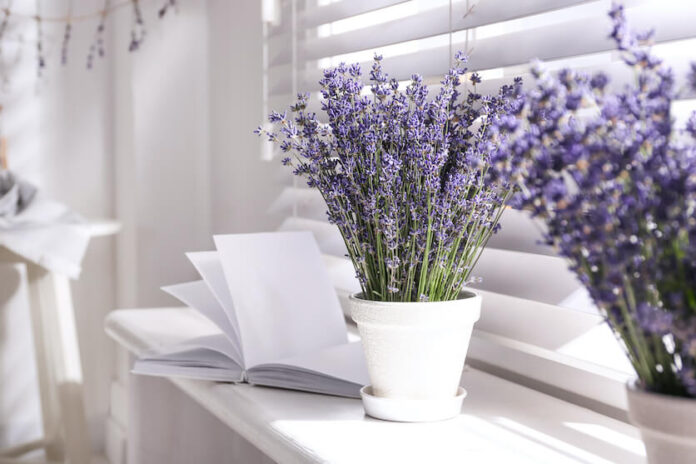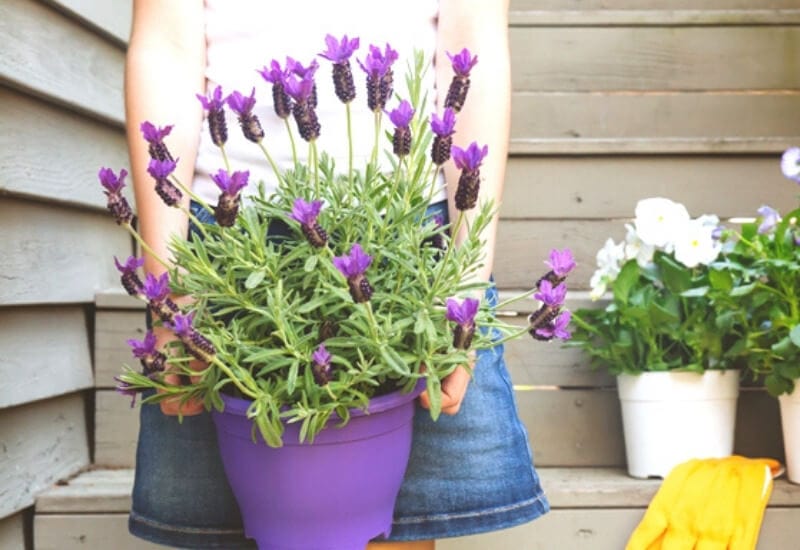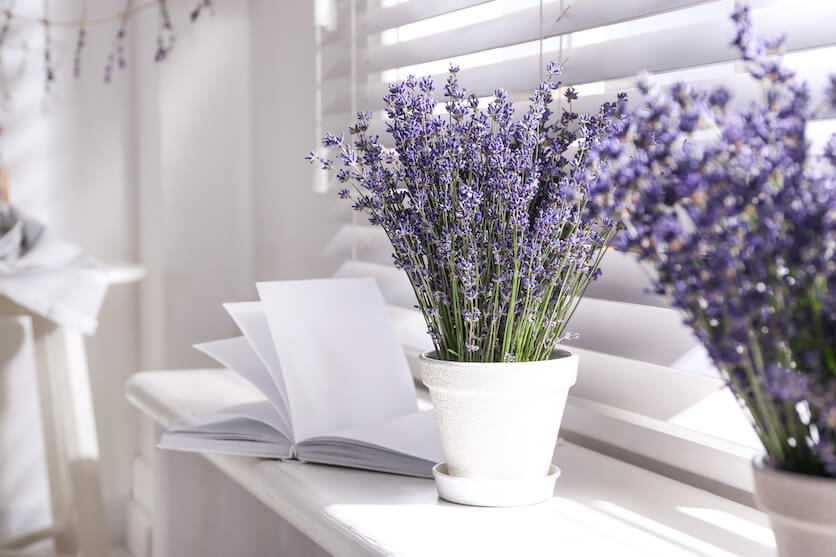Lavender is a beautiful and aromatic flower grown in gardens worldwide. If you are interested in planting, growing, and caring for lavender flowers, there are some critical steps that you should follow to help ensure your plants thrive.
Select a sunny location
Selecting a sunny location in your garden where your plants will get at least six hours of sunlight daily is essential. In addition to sunlight, lavender plants also need well-draining soil with good aeration and proper watering. To achieve this ideal condition, consider adding organic matter like compost or peat moss to the top layer of your soil before planting.
Prepare the soil
Once you have selected a suitable spot for planting your lavender, it is essential to prepare the soil by breaking up any clumps and removing any rocks or debris. Next, dig a large hole that is as deep and wide as the size of your lavender plant’s root system. Once you have prepared the soil and planted the lavender plant, be sure to water it immediately so it can get off to a good start.
Water regularly
After planting, your lavender plants will likely need regular watering to thrive. The water they require will depend on several factors, including temperature, humidity levels, drainage conditions, and more. During hot summer months with low humidity levels, you may need to give your plants at least one inch of water each week to grow correctly. However, during cooler months when the plant is dormant, you may only need to water your plants every few weeks.
Fertilize regularly
Like all flowering plants, lavender will also benefit from regular fertilization. You should add a diluted liquid fertilizer to your plants’ watering can once per month in the spring and summertime or as needed for best results. To further promote your lavender plants’ healthy growth and development, consider adding an organic soil amendment like compost or worm castings to their soil before planting. With these tips in mind, you can grow beautiful lavender flowers in your garden yearly.
How to care for your lavender tree
Lavender is a beautiful and aromatic flower that requires attentive care to thrive. To grow a healthy lavender tree, selecting a warm and sunny location in your garden with well-draining soil and plenty of sunlight is essential. For the best lavender tree care, it is important to water regularly throughout the growing season, especially during hot or dry weather. Additionally, fertilizing your plants monthly in spring and summer can help promote healthy growth and development.
How and when to harvest your lavender flowers
Another critical step in caring for lavender plants is knowing when and how to harvest their flowers. You can do this planting any time during the growing season, usually starting in early summer and lasting until the first frost of autumn.
To begin, clip your lavender stems just as they begin to bud or bloom. Also, look for flowers with rich colors and a full shape, indicating that they are ready for harvesting.
Once you have clipped your lavender stems, remove any leaves from the bottom half of the stem before drying or using them in your favorite recipes or home remedies. If you plan to use your dried lavender flowers to make potpourri or sachets, you should store them in an airtight container until you are ready to use them.
Some common uses for lavender flowers
Some common uses for lavender flowers include adding them to bathwater or using them as a calming tea. No matter how you use your lavender flowers, they are sure to add a beautiful and aromatic touch to any home or garden.
Lavender flowers are also well-known for their soothing and therapeutic benefits, making them a popular choice for natural remedies. Whether you use them to calm an upset stomach or help relieve anxiety and stress, lavender flowers can provide a wealth of health and wellness benefits.
Other benefits of lavender flowers include their ability to repel mosquitoes and other pests in your garden, making them an ideal choice for any flower lover. With regular care and attention, lavender flowers can provide myriad benefits for years.
What are the drawbacks of growing lavender at home?
There are a few potential drawbacks to growing lavender at home. One of the main challenges of growing lavender at home is ensuring that your plants get enough water, especially during hot or dry weather. Additionally, lavender can be sensitive to cold temperatures and strong winds, so it may only thrive in some climates or garden conditions. Another potential drawback is that lavender flowers may be susceptible to pests like aphids or leaf miners, requiring additional care and attention.
Despite these potential drawbacks, many gardeners still choose to grow lavender at home due to its beautiful flowers and relaxing scent. You can enjoy a healthy lavender plant for years with proper care and attention.
Conclusion
Whether you are planting, growing, or caring for lavender flowers, keeping these tips in mind can help your plants thrive and flourish. From regular watering and fertilization to timely harvesting and use, there are many things you can do to care for your lavender tree successfully. With just a little effort and attention, you can enjoy beautiful lavender flowers in your garden season after season.




















